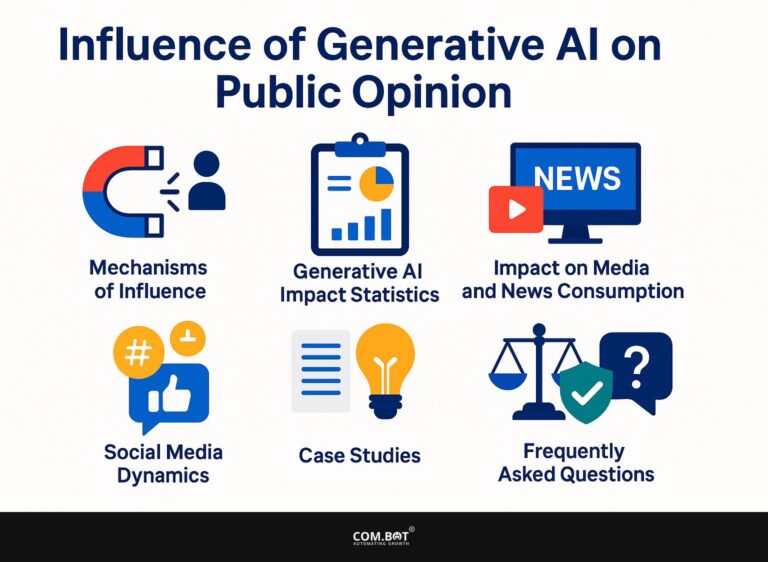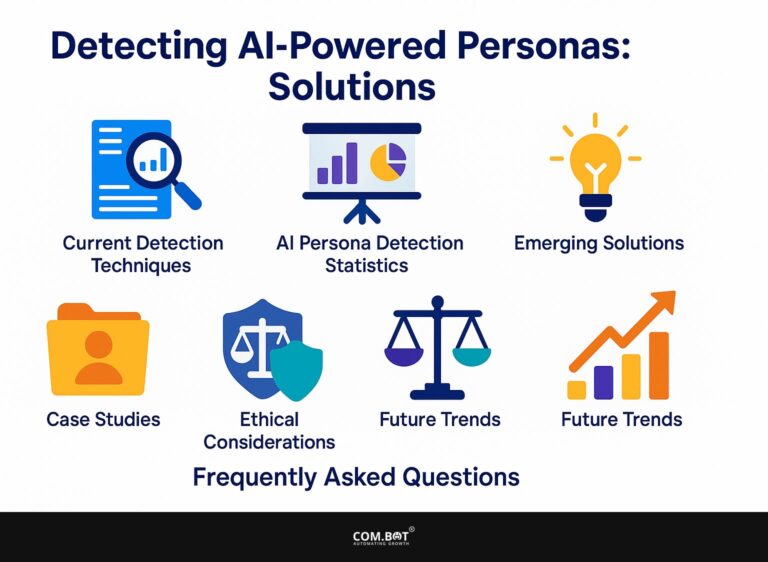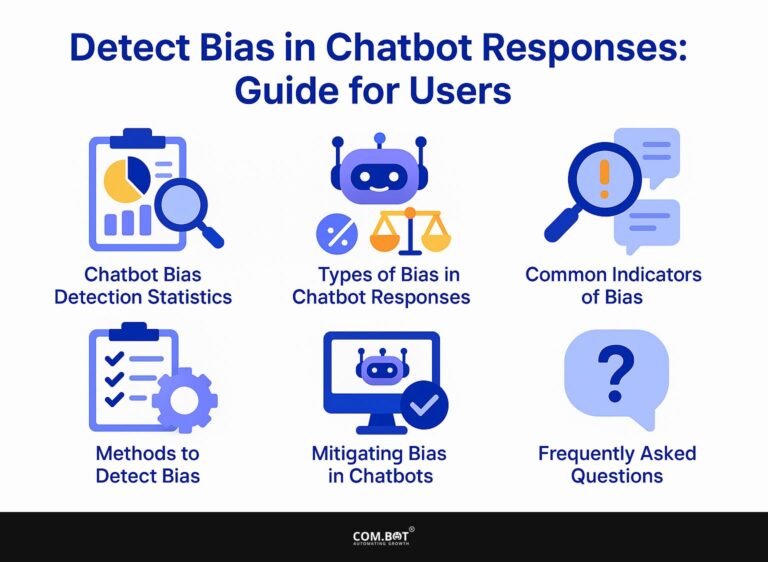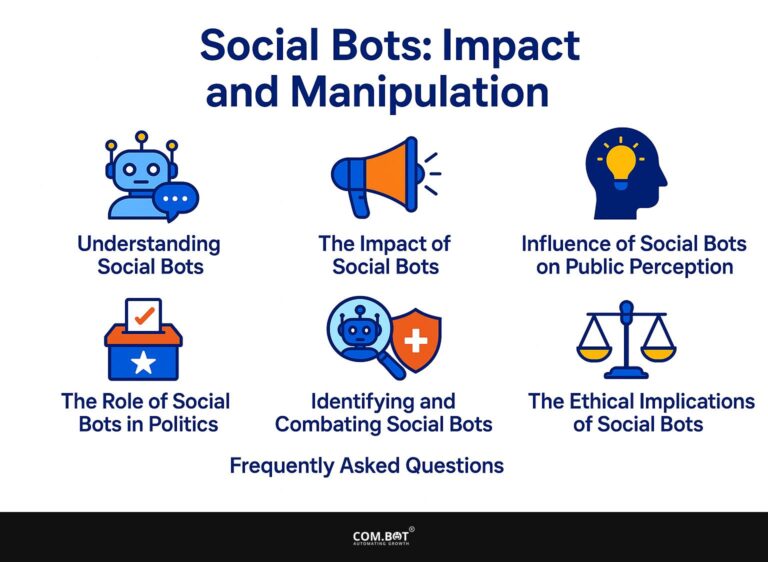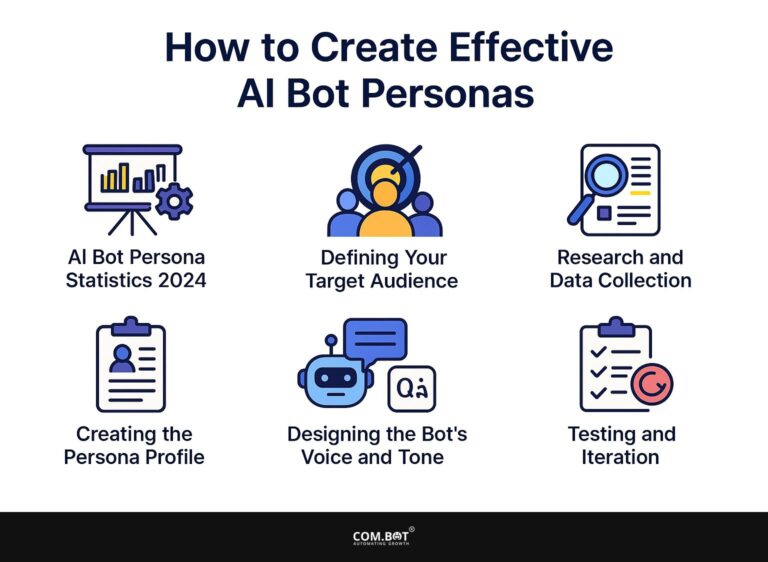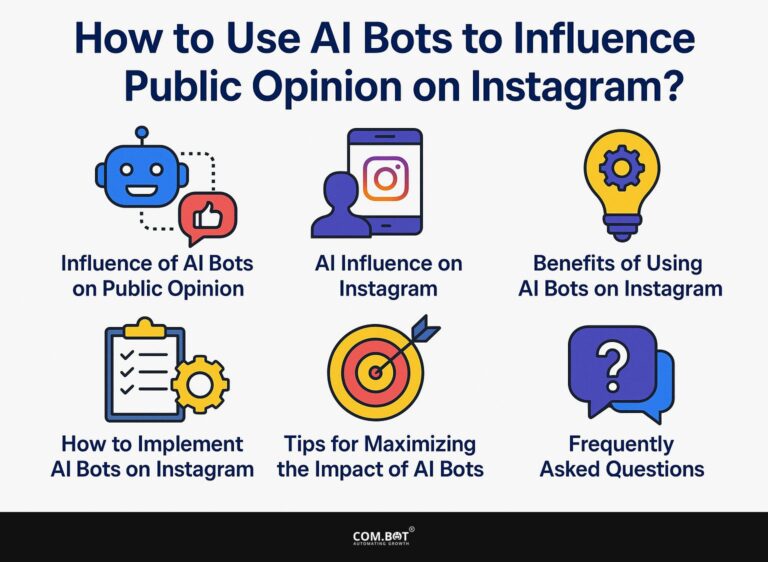Regulation of AI Content Dissemination on Social Media
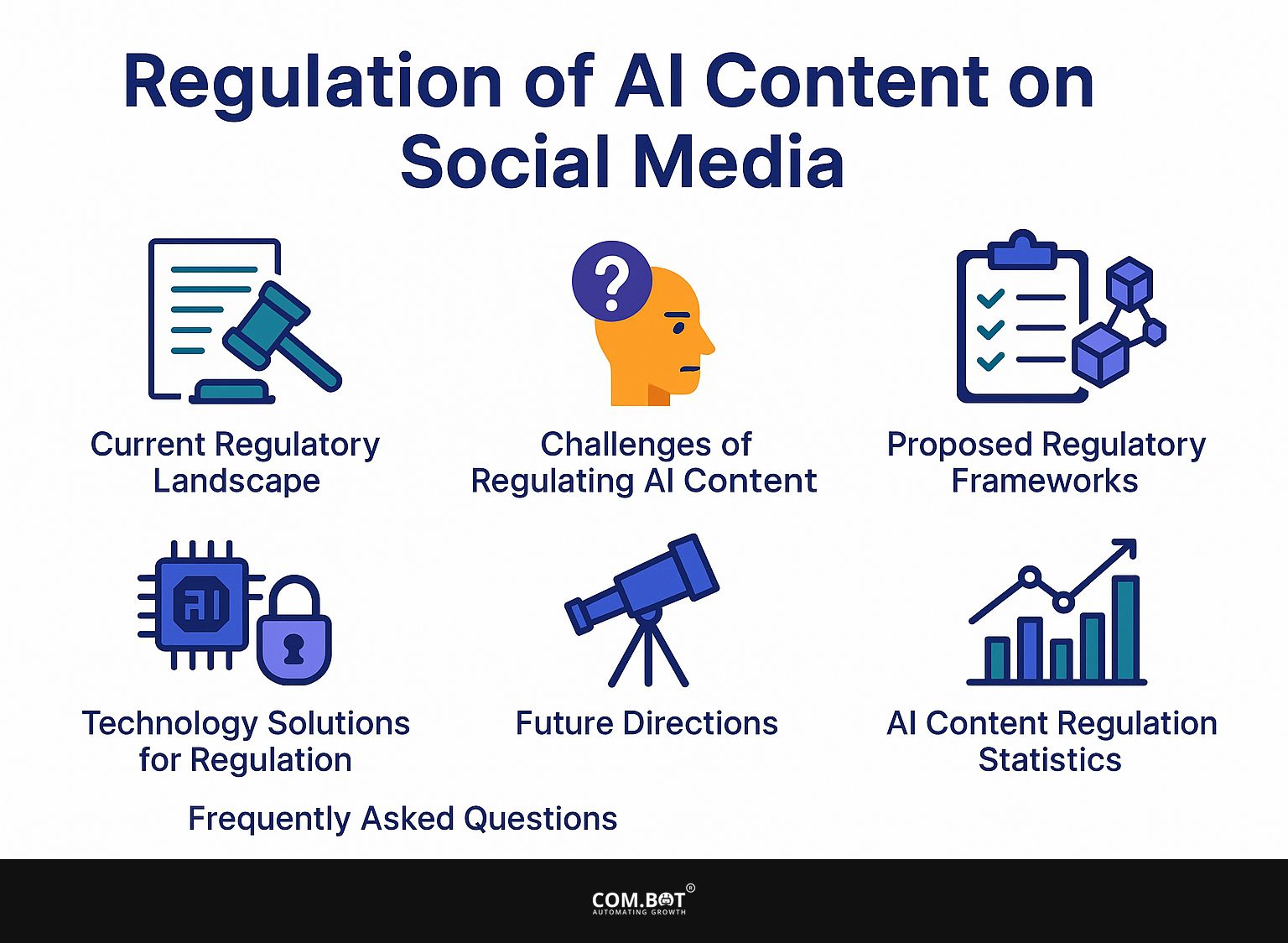
As artificial intelligence keeps changing online content, the increase in AI-created material brings up important ethical questions. Tools like OpenAI’s ChatGPT have changed how people write, highlighting the need to discuss its effects on social media.
This article looks at the present rules about sharing AI content, issues in spotting false information, and possible ways to make sure there is responsibility and openness online. Learn how we can handle this changing area responsibly.
Key Takeaways:
1. AI has a significant impact on content creation and dissemination on social media, leading to multiple challenges and the need for effective regulation. 2. The current rules and standards for AI are still being formed. Different countries have their own ideas about how AI should be regulated. 3. Proposed regulations include rules for transparency and accountability for platforms. Technology solutions like AI detection tools and content moderation methods are also being considered.
- 1 Current Regulatory Landscape
- 2 Challenges of Regulating AI Content
- 3 Proposed Regulatory Frameworks
- 4 Technology Solutions for Regulation
- 5 Future Directions
- 6 AI Content Regulation Statistics
- 7 Frequently Asked Questions
- 7.1 1. What does ‘Regulation of AI Content Dissemination on Social Media’ mean?
- 7.2 2. Why is the regulation of AI content dissemination on social media important?
- 7.3 3. Who is responsible for regulating AI content dissemination on social media?
- 7.4 4. What are some potential risks associated with unregulated AI content dissemination on social media?
- 7.5 5. How can the regulation of AI content dissemination on social media be achieved?
- 7.6 6. Are there any current regulations in place for AI content dissemination on social media?
1. Definition of AI Content
AI content includes text, pictures, and videos produced by computer programs that resemble those made by humans. Tools like OpenAI’s ChatGPT and DALL-E have changed the way we create content.
For instance, ChatGPT can create clear articles from given topics, which is useful for bloggers and marketers. Meanwhile, DALL-E creates unique images from textual descriptions, benefiting designers and artists.
To use these tools effectively, start by coming up with clear instructions based on topics or ideas you have in mind to get good results. Take a look at platforms like Jasper for automatic content creation, which fits well with different work processes while maintaining uniqueness and interest.
2. Impact of AI on Content Creation
AI improves how quickly content is made, allowing platforms to create and distribute information fast, but it also brings up worries about false information and ethical issues. To use AI effectively and safely, try tools like Grammarly for checking grammar instantly and Copyscape to check for plagiarism.
Platforms like Jasper or Writesonic can create articles in less than five minutes, but it’s important to check their content to prevent errors.
Include human supervision by having team members check the created content to make sure it is correct and follows ethical rules. By managing speed and thoughtful selection, organizations can handle both the advantages and challenges of AI in creating content.
Current Regulatory Landscape
Governments and groups are quickly changing rules about AI and social media to deal with problems from AI-created content. Curious about how these shifts are impacting content moderation? Our analysis of Federal Content Moderation Legislation explains the debate and its implications.
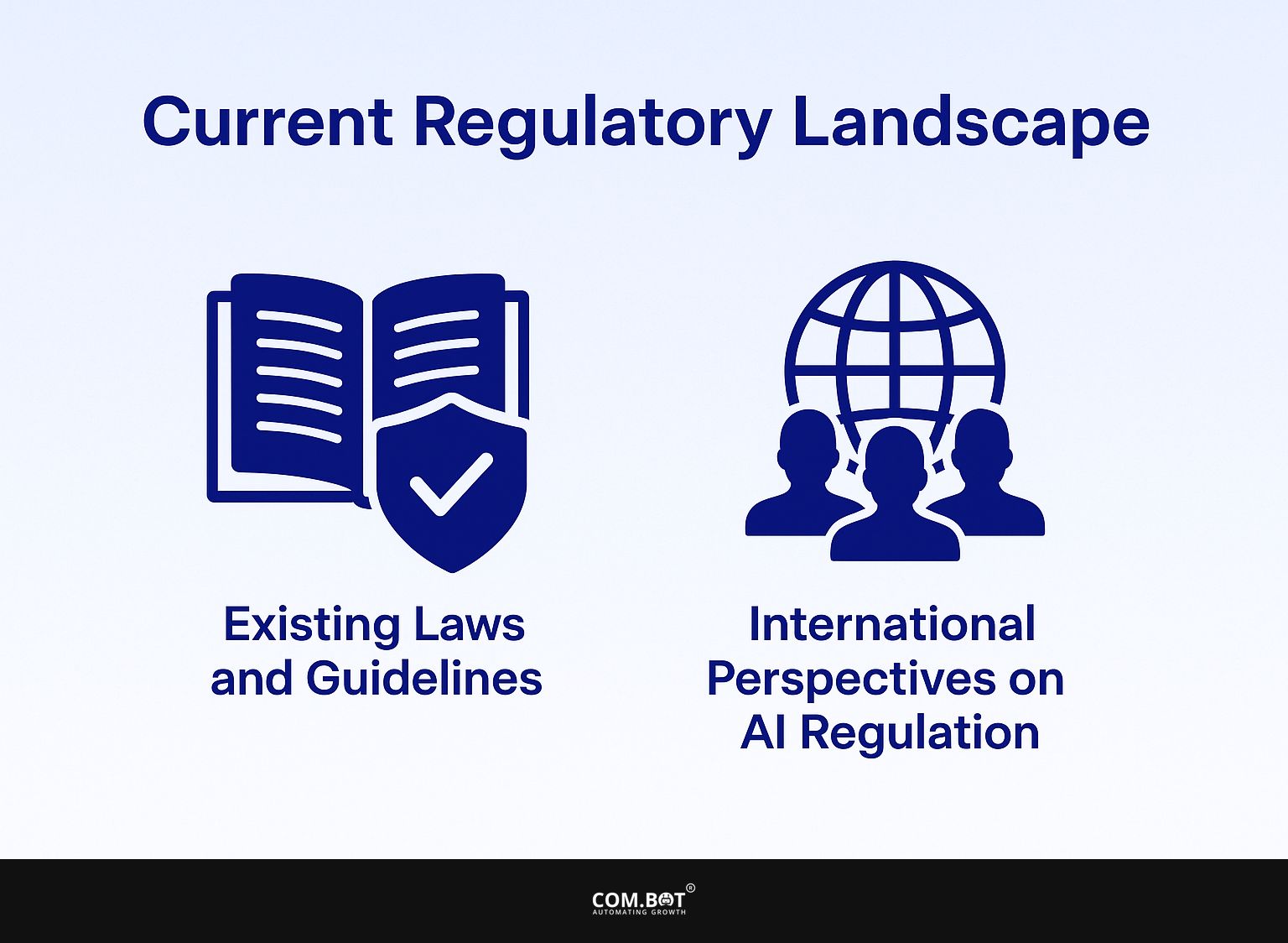
1. Existing Laws and Guidelines
Current laws, such as the Federal Trade Commission guidelines, attempt to regulate AI-generated content but often lack clear instructions on enforcement and compliance. This ambiguity poses challenges for companies utilizing AI in social media.
For example, while the Health Insurance Portability and Accountability Act (HIPAA) mandates strict privacy standards for health data, integrating AI tools can complicate compliance due to their data processing capabilities.
Organizations should use strong data management plans to make sure AI systems use anonymized data. Regular audits and employee training on AI ethics and data privacy can also mitigate risks. Keeping up with changes in rules is important for staying within the law in a quickly changing field.
2. Global Views on AI Laws
Countries across the globe are adopting varying strategies to regulate AI content, with some leading the charge while others lag behind. The European Union has implemented the GDPR, establishing strict data protection laws that impact AI systems, resulting in heavy fines for non-compliance.
In contrast, the U.S. follows a fragmented approach, with different states, like California, introducing their own privacy regulations, creating confusion for social media platforms operating internationally. This disparity complicates compliance for companies like Facebook and Google, requiring them to tailor their practices to multiple regulations.
As these platforms deal with these challenges, the variations in rules may affect how they handle AI-created content worldwide. For an extensive analysis of this trend, our comprehensive piece on state-level privacy regulations and their impact on social media delves into the nuanced challenges and strategies companies must adopt.
Challenges of Regulating AI Content
Handling AI-generated content is challenging, especially when trying to identify incorrect information and ensuring the technology is used fairly, as discussed in our exploration of AI bias in content moderation.
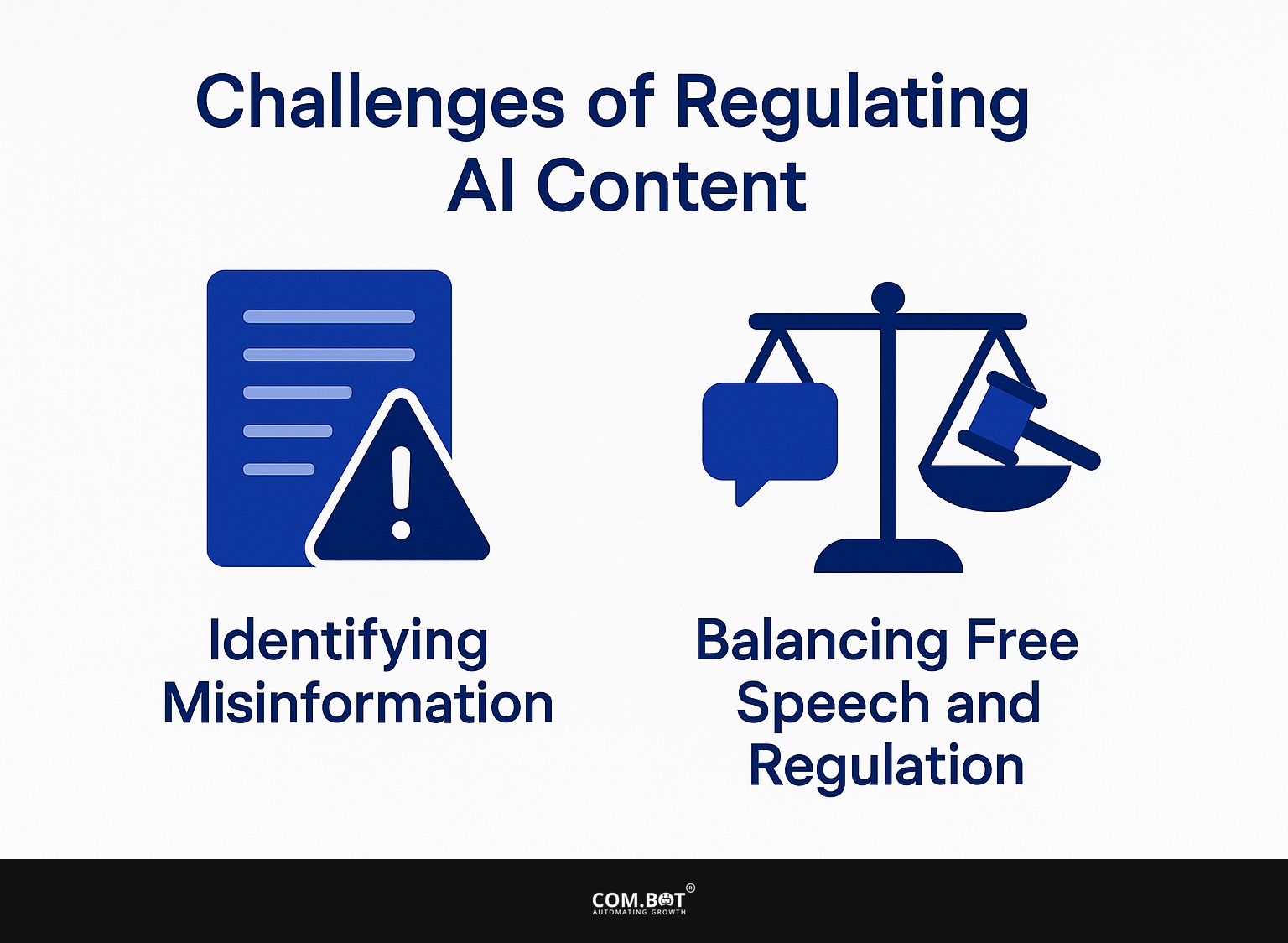
1. Identifying Misinformation
The increase in content created by AI has resulted in more false information, making it important to have tools that spot it to keep trust in online interactions. Tools like FactCheck.org and Snopes are very helpful in fighting against misinformation.
FactCheck.org focuses on analyzing claims from news stories, providing non-partisan, research-backed responses, while Snopes specializes in debunking urban legends and viral hoaxes. Both have limitations: they rely on user submissions to identify trends, potentially missing emerging misinformation.
For example, during the COVID-19 pandemic, both platforms were important in correcting false claims. This shows how useful they can be when people use them to check confusing information.
2. Balancing Free Speech and Regulation
Finding the right balance between regulating AI content and upholding free speech rights remains a contentious issue in public discussions. Platforms like Facebook have faced immense challenges with their content moderation policies, especially concerning misinformation and hate speech.
To handle these issues, they have set community rules defining what content is not allowed, but some people think these rules are often unclear. Tools such as AI-driven moderation systems can identify problematic posts, but they may inadvertently censor legitimate voices.
Research indicates human oversight is necessary; algorithms can identify content, but a knowledgeable moderator is essential for thoughtful choices. Finding this balance is key to supporting a healthy conversation while protecting user rights.
Proposed Regulatory Frameworks
Various suggested rules look to tackle issues with AI content, concentrating on improving openness and responsibility among social media networks. See also: AI Bias in Content Moderation: Examples and Mitigation Strategies, which provides insight into addressing biases that may arise in AI-driven platforms.
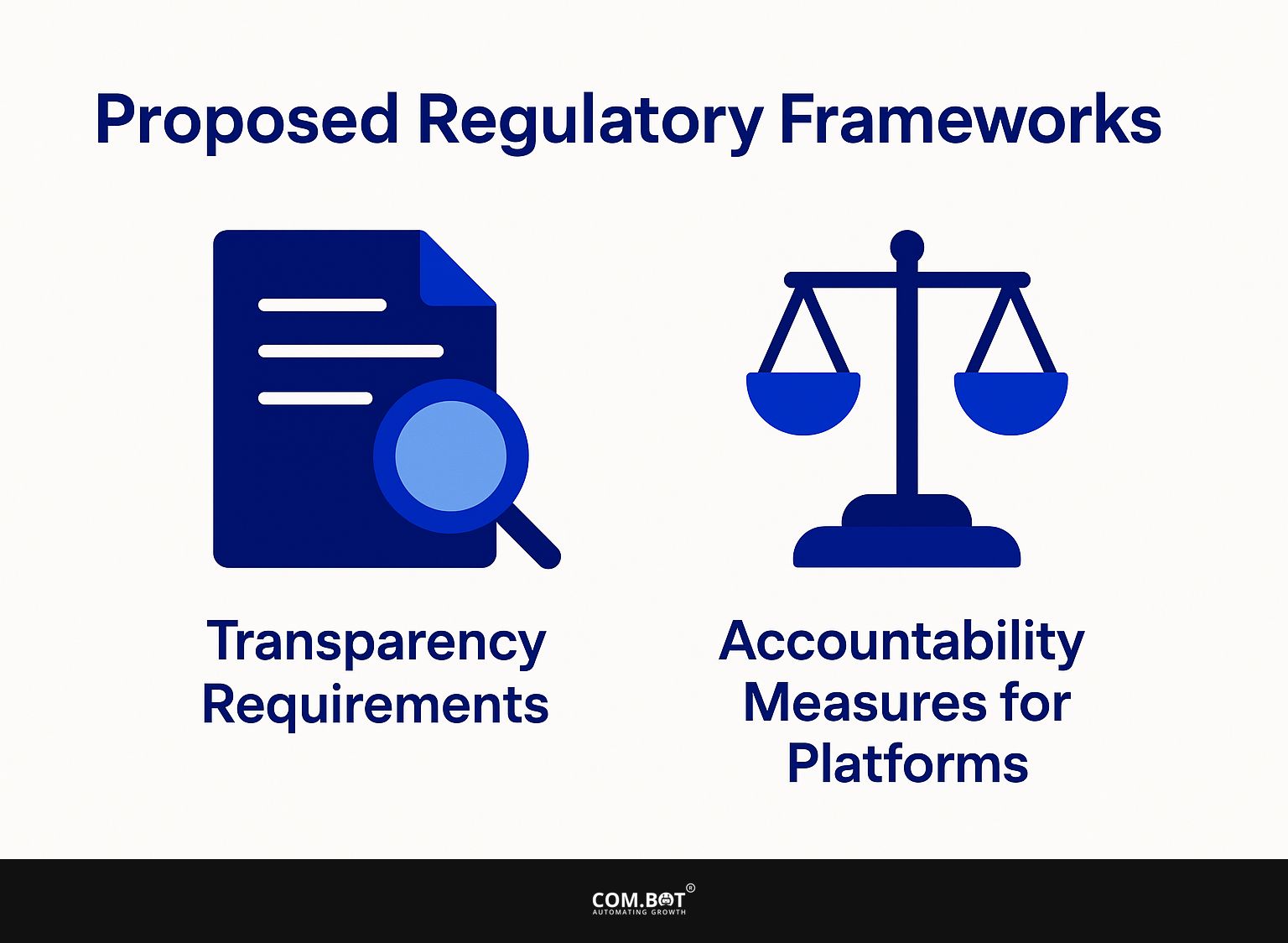
1. Transparency Requirements
Labeling AI-generated content is becoming more important to keep user trust and accountability. To implement transparency effectively, companies can adopt labeling practices that clearly identify AI-generated materials.
For instance, adding a tag or watermark-like `Created by AI’-helps users discern content origins. Clearly stating which AI tools are used, such as OpenAI’s GPT or Google’s BERT, helps create trust.
Like California’s ‘Deepfake’ law, which requires transparency for artificial media, adopting these rules can create a truthful online space. Organizations should also consider publishing guidelines outlining how AI influences content creation to promote greater awareness.
2. Accountability Measures for Platforms
It is important for platforms to have rules in place that make them responsible for reducing the dangers linked to sharing AI-generated content.
For instance, in 2020, Facebook faced fines from regulators after failing to adequately address misinformation during the U.S. elections.
Companies like Twitter have implemented strict policies, including labeling deceptive tweets and suspending accounts that repeatedly violate their rules. To improve accountability, regulators might impose fines linked to a platform’s yearly income if it does not follow rules.
Using a strong reporting system, where users can report false information, could safeguard trustworthiness. Platforms must also publish regular transparency reports detailing their efforts in tackling misinformation.
Technology Solutions for Regulation
As rules change, new tech tools come up to help follow them and improve how content is checked on social media. Related insight: Meta AI: Role, Tools, and Limitations in Content Moderation
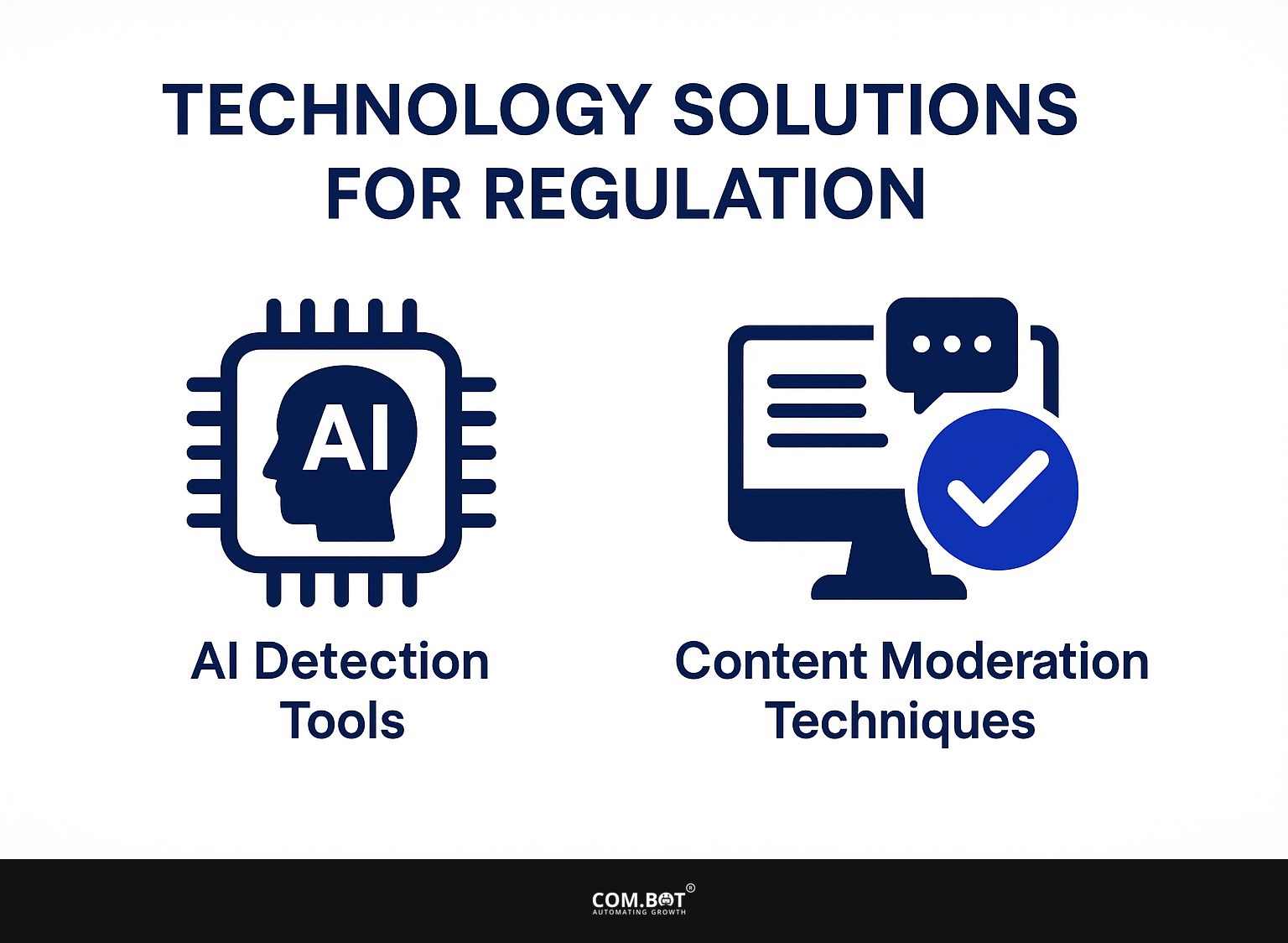
1. AI Detection Tools
AI detection tools, such as OpenAI’s DALL-E and other specialized technologies, are developed to reliably identify content produced by AI. These tools employ methodologies like pattern recognition and linguistic analysis to differentiate between human-written and AI-generated text.
For instance, GPT-2 Output Detector uses a statistical model that examines word usage patterns and coherence. Tools like Copyleaks provide a similarity score, indicating how closely content resembles known AI outputs.
These technologies are important for fighting false information online. They allow publishers to check if articles are real before sharing them, helping to build trust in online communication.
2. Content Moderation Techniques
Innovative content moderation techniques are critical for platforms to manage AI-generated content effectively while respecting user rights.
Platforms can keep this balance by using tools that check content automatically, like OpenAI’s moderation tools or Google’s Perspective API, which assess the tone and potential harm of shared content. Community reporting tools allow users to report unsuitable content, improving group supervision.
It’s essential to provide clear guidelines on what constitutes flag-worthy content to avoid overwhelming moderators. It’s important to find the right balance between controlling discussions and keeping conversations open. Too much moderation can limit what people can say, while too little can hurt trust within the community.
Future Directions
AI rules for social media will probably change due to new technology and public calls for responsibility.
1. Trends in AI Regulation
There is an increasing interest in AI laws that prioritize ethical concerns and user rights as those involved advocate for more detailed rules. Regulators are increasingly calling for stricter privacy laws, which may include the requirement for AI systems to offer more transparency regarding data usage.
For example, the European Union’s General Data Protection Regulation (GDPR) set a precedent that mandates user consent before data collection. Organizations should follow ethical guidelines like the IEEE’s Ethically Aligned Design. These guidelines emphasize taking responsibility and considering different viewpoints in the use of AI.
These changes show an important time in AI management, where finding a balance between new ideas and ethical duty is essential.
AI Content Regulation Statistics
AI Content Regulation Statistics
AI Regulation Trends: Support for AI Regulation
AI Regulation Trends: Impact of AI
AI Regulation Trends: AI Adoption Statistics
The AI Content Regulation Statistics Data shows the present trends and views on AI regulation, how it affects the economy, and how different industries are using it. As AI keeps changing different fields, knowing these changes is important for decision-makers, companies, and involved parties who want to support progress while considering ethical issues.
AI Regulation Trends reveal a strong push for safety and transparency. A significant 85% Most people want national efforts to make AI safe, showing that the public wants rules to make sure AI technologies are created and used in a responsible way. Similarly, 81% of industries are investing in AI assurance measures, highlighting a proactive approach to mitigate risks associated with AI adoption. Transparency, which is supported by 85% of respondents, highlights the need for transparent practices in AI implementations.
- Impact of AI: By 2030, AI is expected to contribute a staggering $15.7 trillion to the global economy, illustrating its enormous potential to drive economic growth. AI is expected to generate a net gain of 12 million jobs by 2025, challenging the narrative that AI adoption leads to widespread job losses. The increase indicates that AI will change job markets, leading to new jobs in AI creation, setup, and upkeep.
- AI Adoption Statistics: AI is becoming increasingly indispensable in business strategies, with 77% of businesses already using or exploring AI technologies. This trend shows that many people acknowledge AI’s ability to improve productivity and new ideas. Also, AI is very important for 83% of business plans, showing its strategic importance in gaining an edge over competitors and meeting changing market needs.
The data within AI Content Regulation Statistics Highlights the connection between regulation, economic effects, and usage. As AI technologies grow, using them responsibly and making the most of their economic benefits will be a main challenge and chance for people involved globally.
2. Role of Stakeholders in Shaping Policy
Governments, technology firms, and community organizations play important roles in creating the rules that control AI content. Working together is important to promote ethical standards. Governments should discuss with tech companies when creating policies to better understand technology.
For instance, creating forums or working groups allows for ongoing dialogue, enabling the sharing of best practices and regulatory challenges. Groups in the community can share information about public worries related to privacy and bias, helping to make sure rules are fair and work well.
By working together, stakeholders can build a strong system that grows with new technology.
Frequently Asked Questions
1. What does ‘Regulation of AI Content Dissemination on Social Media’ mean?
The control of AI content sharing on social media involves setting guidelines, rules, and policies to manage how artificial intelligence is used for distributing content on social media platforms.
Control over how AI content spreads on social media is important to make sure this technology is used responsibly and ethically, and to protect users from harmful or misleading information.
Regulation of AI content dissemination on social media is usually overseen by government agencies, social media platforms, and other organizations that are dedicated to upholding ethical standards in the use of AI technology.
Unregulated AI content dissemination on social media can lead to the spread of false information, biased content, and the manipulation of public opinion. It can also pose threats to user privacy and data security.
The regulation of AI content dissemination on social media can be achieved through the creation and enforcement of laws and policies, as well as the development of ethical standards and responsible practices within the AI industry.
While there are some existing regulations regarding the use of AI in general, there are currently no specific regulations that solely focus on the dissemination of AI-generated content on social media. There are continuing attempts to create and apply these rules.
